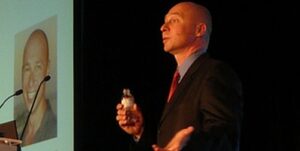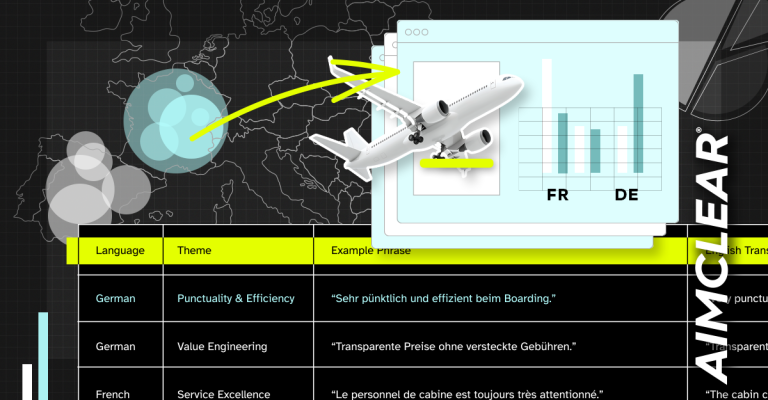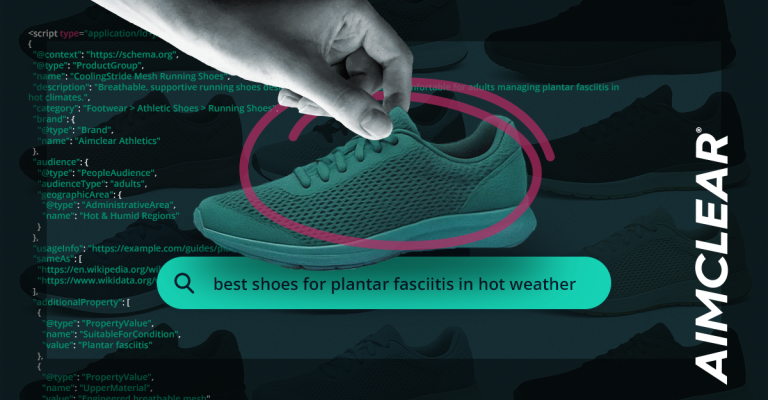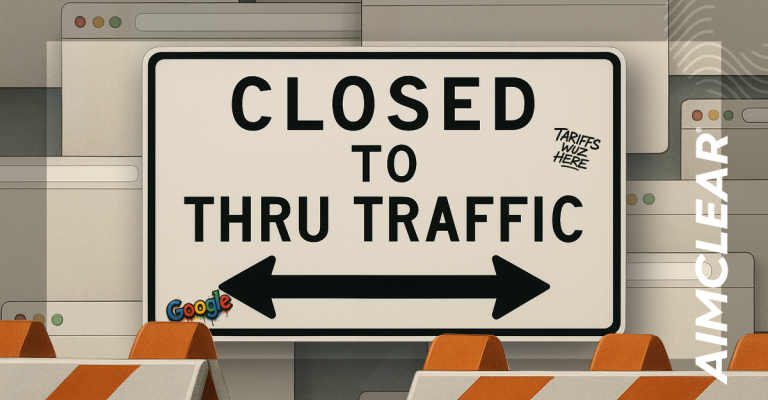
Tim Ash is a man who’s not afraid to tell you your baby is ugly. Author of “Landing Page Optimization,” a resource Mike Grehan says should live on the bookshelf of anyone who owns a website, as well as super-master salsa dancer extraordinaire, he was a tip-top choice for the morning keynote speaker on the final day of SES San Fran 2010.
Leveraging takeaways from first 2 keynotes, namely (1) use profanity and (2) use self-deprecating unflattering pictures, Tim hit the stage in a swank yet self-described “monkey suit” to take us through the 4 Pillars of Building Instant Trust Online, something any marketer will tell you is no easy feat.
First of all, Tim stresses that what we’re about to learn about marketing has NOTHING to do with technology. We’re humans, and humans are the same as ever. Inside here (*points to skull*) we’re the same- our job as marketers is to do is figure out how to adapt latest technology to these perpetual human psyches.
Trusting in Trust
In our day to day lives, we rely on trust– we’re able to function as a result of trust. We cross the street because we trust the car will obey traffic laws and halt at the red light; we divulge secrets because we trust friends will maintain confidence. Trust is like a concentric ripple: within the closest ring are the closest people in our lives, family, then friends, then work associates – we trust they will all behave a certain way.
Newsflash! We, humans, weren’t designed to be in mobs. Think back to our ancestors, back to cavemen – they relied on the trust within their small tribes (10-20 people)… so do we (see, not much has changed!). Once we get into big groups of 100, 200, 300 people, the trust begins to dwindle. Think of a crowded stadium. Do you trust everyone there? Tim doesn’t. How do you know some drunken fool won’t bean you in the head with a beer can? You don’t.
What we have to do as marketers is take age-old human things and apply them to online marketing. So, how do you build trust [online]?
Building Trust Has (at least) 2 Obstacles
(1) Trust has to be built instantly.
If you expect people to click on your ads, your links, fill out a form, register, buy something… you have to build trust, and you have to build it instantly. But what does “instantly” really mean? Well, Tim ties a disturbing time-restraint to this: one twentieth of a second. Yes, you have 1/20 of a second to build trust through your landing page. The design of your landing page significantly carries over to people actually wanting to navigate further on your site.
(2) Trust has to be built in spite of anonymity.
Face it: you don’t know sh*t about your site visitors, and unless you’re an enormously popular brand, they don’t know sh*t about you. The good news is you can change this dynamic by socializing with consumers and putting out informative content about your brand.
The 4 Pillars of Trust
Pillar #1: Appearance
This factor is very important. Good appearance enhances trust. There are uses & misuses of “appearance.” Tim shares screenshots from some truly hideous landing pages. We’re talking CAPSLOCK TYPEFONT, blinding background colors, and although its a static image, Tim insists there’s enough Flash animation to make us vomit (even without the post-SchmoozeFest hangovers some attendees were sporting). Appearance really matters. It can totally negate your customers’ perception of of professionalism and reputation, even if you have both in spades.
The 5 Person 2 Second Landing Page Test: Have 5 people look at your landing page. Give them two seconds to respond, yes or no: Does this look cheesy?
Focal Points For Fixing Your Landing Page
- professionalism of design
- sparseness & neatness
- organizational & clarity
And to wrap up the 1st pillar, some gem quotes from Tim:
- “Stop screaming at people and having things compete to get their attention once they get to your page.
- “Your landing page should not be like a Turkish bazaar. It should be zen. Like, ‘Welcome, this is a bullshit-free zone.'”
Pillar #2: Transactional Assurances
Pretend I’m your customer. I don’t know who you are. You don’t know who I am. I’m scared. Your job is to help me not be scared and want to buy something from you.
Did you know 70% of people abandon shopping carts online, mostly because of lack of trust?
“Trust symbols are powerful. They work.” If you have trust badges, display them prominently on your site (not just your checkout page) above the fold, where people can see them and feel reassured. Also, make your payment methods visible everywhere on your site.
Newsflash! People read 400-500x slower than the speed at which they process images. Images work. So use them!
Pillar #3: Authority
Tim showed a photo of a doctor. “Do you trust him?” he asked. Most people said yes. Some foreign dude said no. I also said no, but mostly because the doc looks like an iStock photo 🙂 . (I was right!)
So, how do you transfer authority?
- Implement buttons and badges for places you’ve been featured. “As seen on….” logos from major media sources. People find comfort in these.
- Implement badges for the logos of major clients you’ve worked with.
- If you don’t have marquee B2B clients, consider emphasizing your trust badges (context over content).
- Borrow trust from better-known brands
- reviews & awards
- marquee clients
- media mentions
- trade associations
Bottom line: the sense of safety & trust has to precede the call-to-action / transactional part of the visit.
Pillar #4: Consensus of Peers
Do you have teenagers? (I jokingly raised my hand. Matt called me out, on Twitter, no less.) Do they give a crap what you think? Face it, you can’t care what everyone thinks. Impossible. Focus instead on what your peers think (your customers, your contemporaries). Peer pressure still matters. Nope, you didn’t leave it behind in high school.
Examples & Tactics
- Firefox has a ticker (small) on its homepage that says how many times its been downloaded (543 mi…. in 2 mo.)
- Follow suit. How many clients / downloads / transactions has your company had?
- That # is the # of your peers. Show that figure off!
- You can still feature testimonials on your site, but use them as a back up on a different page. Have them as info that supplements the big shiny number of how many happy customers you have.
- Support automatic compliance by demonstrating “social proof” – show big numbers, but also show likeness, similarity, personalization, etc.
Wrapping up his keynote, Tim asks us to do two things:
- Take off the rose-colored glasses. “Your baby is ugly! The good news is you can make it more beautiful.”
- Get to work! Go back to the office next week and implement these simple ideas.













